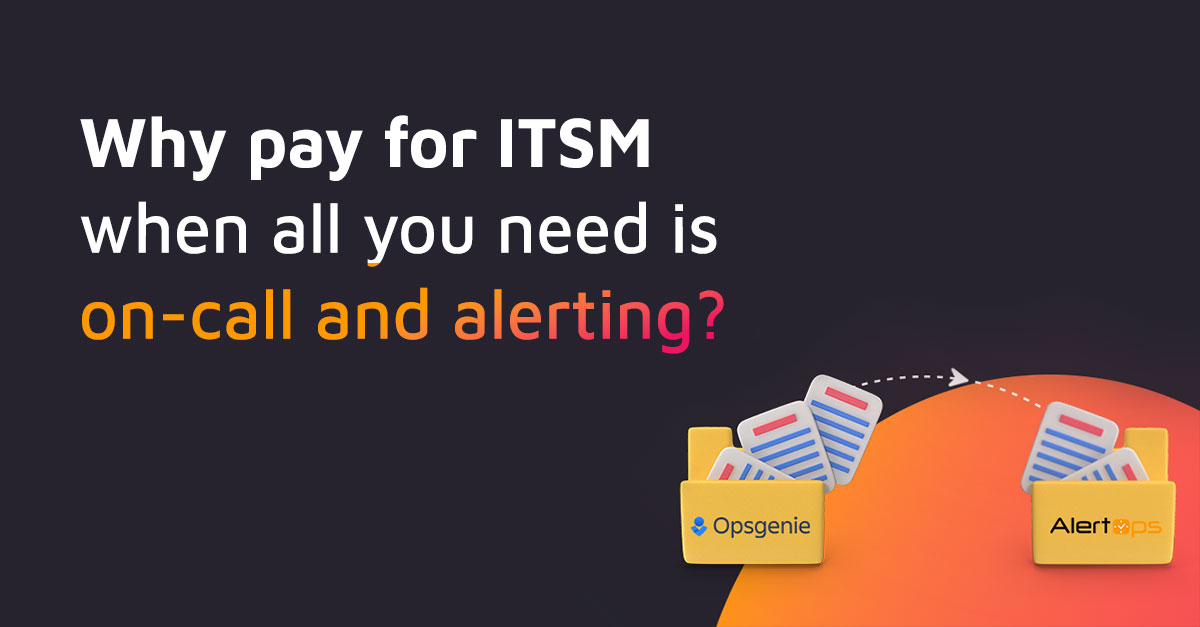Automated Incident Management is the process of automating some or all these tasks through various means. Automated incident management can improve incident response time, reduce unnecessary work, such as when an issue is a minimal impact. AlertOps can help automate incident management by creating tickets in help desk systems, filtering and rules, and escalating alerts.
What is Automated Incident Management?
An incident is an unplanned outage or degradation of service. The ITIL incident management workflow involves identification, which could be a monitoring alert or a user reported issue. Logging, which usually involves recording a ticket in a help desk system. Categorization and prioritization, wherein the defect is labelled as hardware, software, or some other category, and prioritization sets the priority such as critical, high, medium, or low. The resolution, which is the stage in the process where IT (Information Technology) support engineers take over.
Some of these steps may be automated based on an organization’s workflow; monitoring alerts may automatically create tickets in the help desk.
Automated incident management is the process of automating some or all these tasks through various means.
Why is Automated Incident Management important?
Automated incident management can improve incident response time, reduce unnecessary work, such as when an issue is minimal impact. There are also opportunities where the response itself can be automated. Response automation involves a system executing a corrective action, or a support engineer triggering a corrective action from a mobile application. In the case of after-hours support, such as when the on-call support team must determine whether the incident needs to be dealt with immediately, a lack of automation can lead to frustration; no one wants to be awakened in the middle of the night by a low priority or no priority alert. Every incident requires a certain amount of ‘paperwork’ to close out the ticket, something which on-call support teams would be happy to avoid at 3 am in the morning.
Ticket creation from an alert can be easily achieved using API (Application Programming Interfaces) calls and webhooks. Ticket updates and closing can also be implemented through automation. Categorization and prioritization can also be automated. Monitoring alerts can be prioritized and categorized based on the data in the alert. In the case of after-hours support, low-priority incidents can be deferred until the next working day.
How can AlertOps do Automated Incident Management?
Now that we have identified how incident management can be automated, let us look at the ways in which AlertOps can help automate incident management.
Incident logging: AlertOps can automatically create tickets in help desk systems such as ConnectWise, ServiceNow, and many others systems. Filters and rules can determine how to categorize and prioritize incidents. AlertOps can automatically delay an alert until the next business day. AlertOps escalation rule overrides can select the appropriate Escalation Playbook and Workflows based on information in the alert. When the support engineer closes out an alert in AlertOps, whether in the AlertOps mobile app or in a communication channel or a chat tool such as Slack or Microsoft Teams, AlertOps can automatically close out the help desk ticket, logging the resolution notes in the ticket.
AlertOps automated escalations also save time and help resolve the incident more quickly by escalating the alert based on SLA (Service Level Agreements) rules. AlertOps Workflow automation can execute a corrective action remotely, and create a ticket logging the action and alert the support team as well. Alternatively, the support engineer can execute a corrective action with the click of a button in the AlertOps mobile app.
These are just some of the many ways in which AlertOps can help automate and improve incident response.



